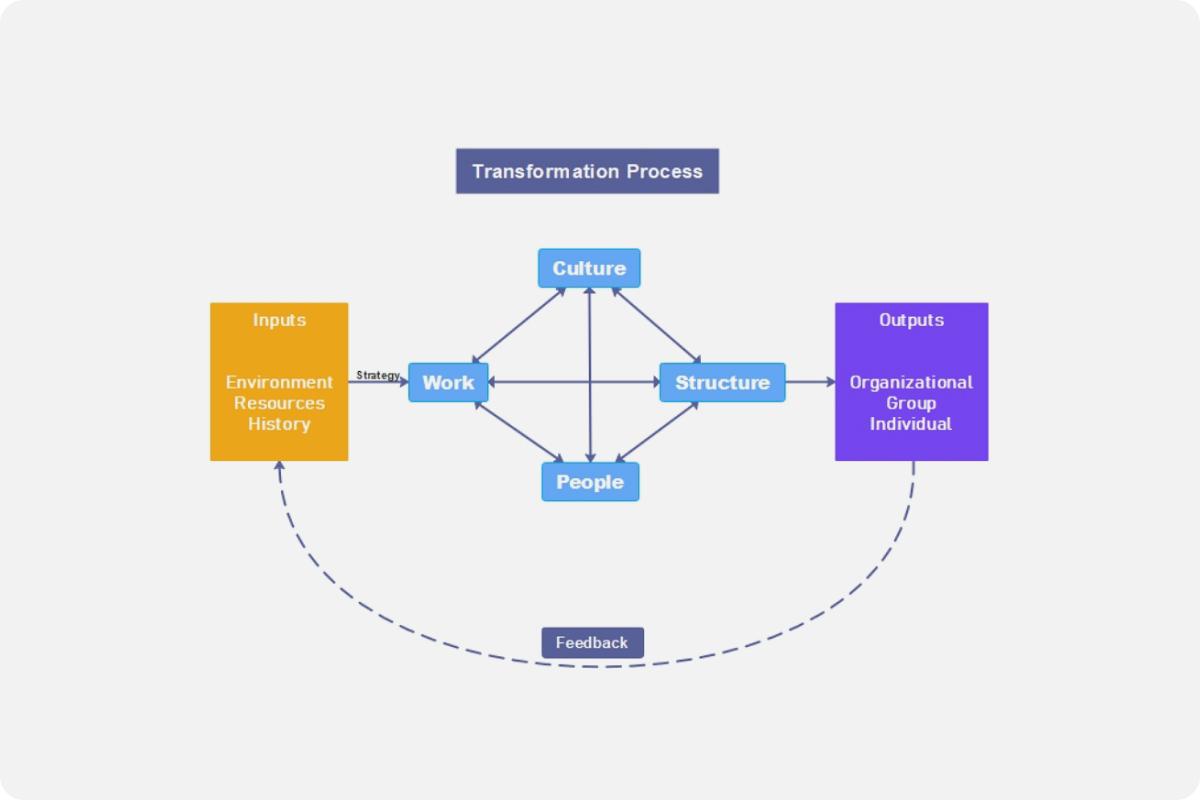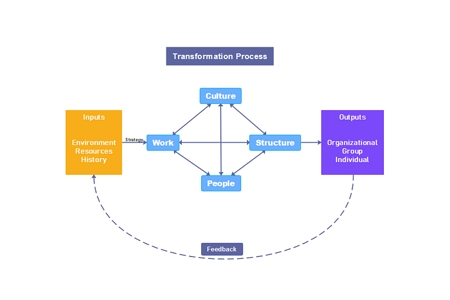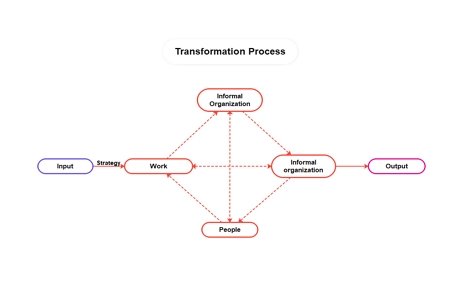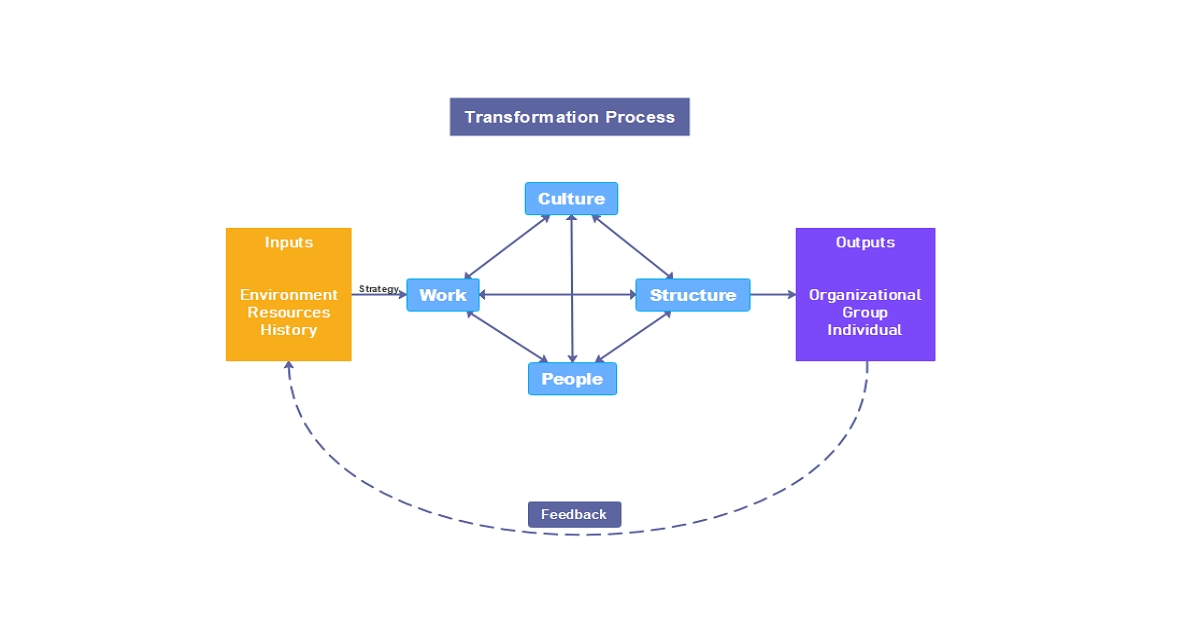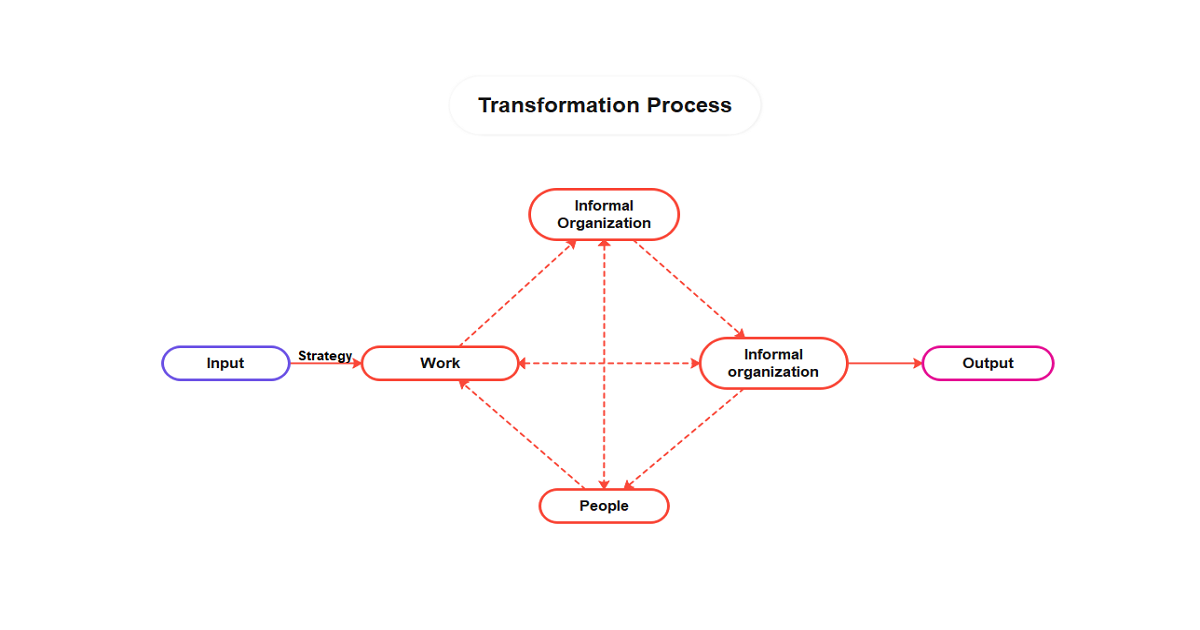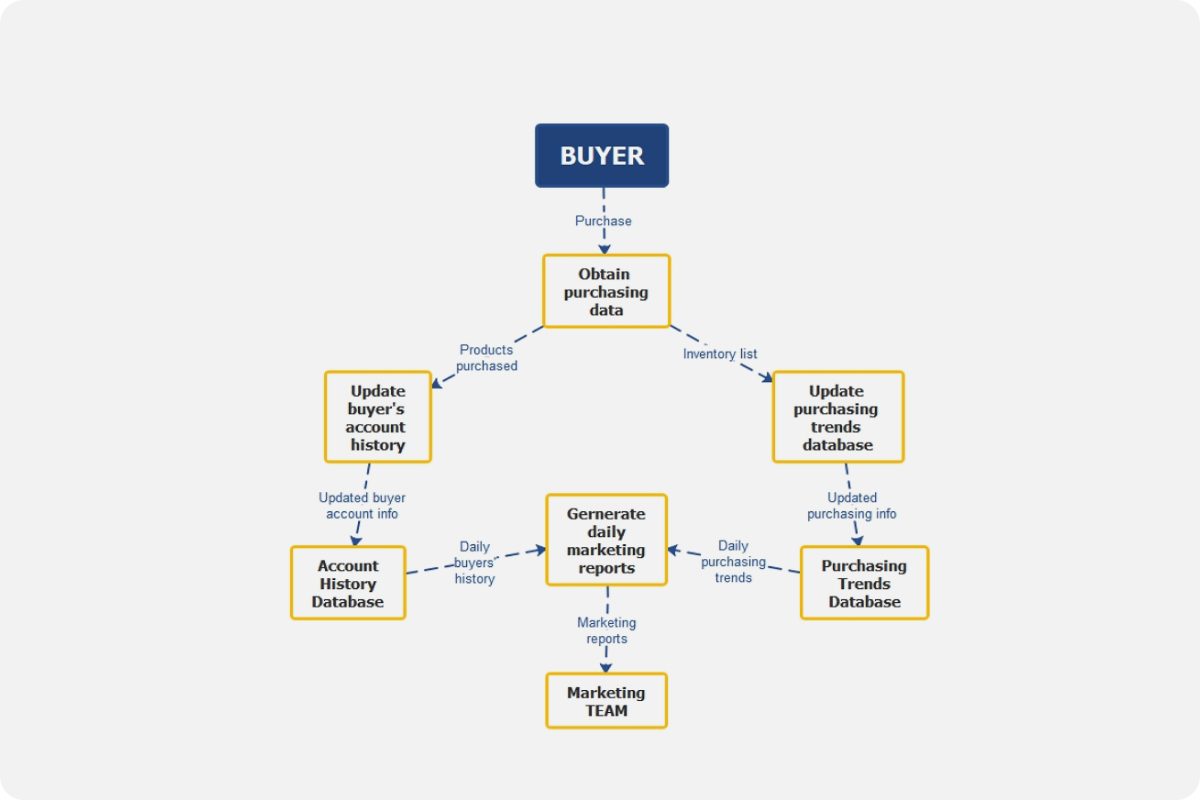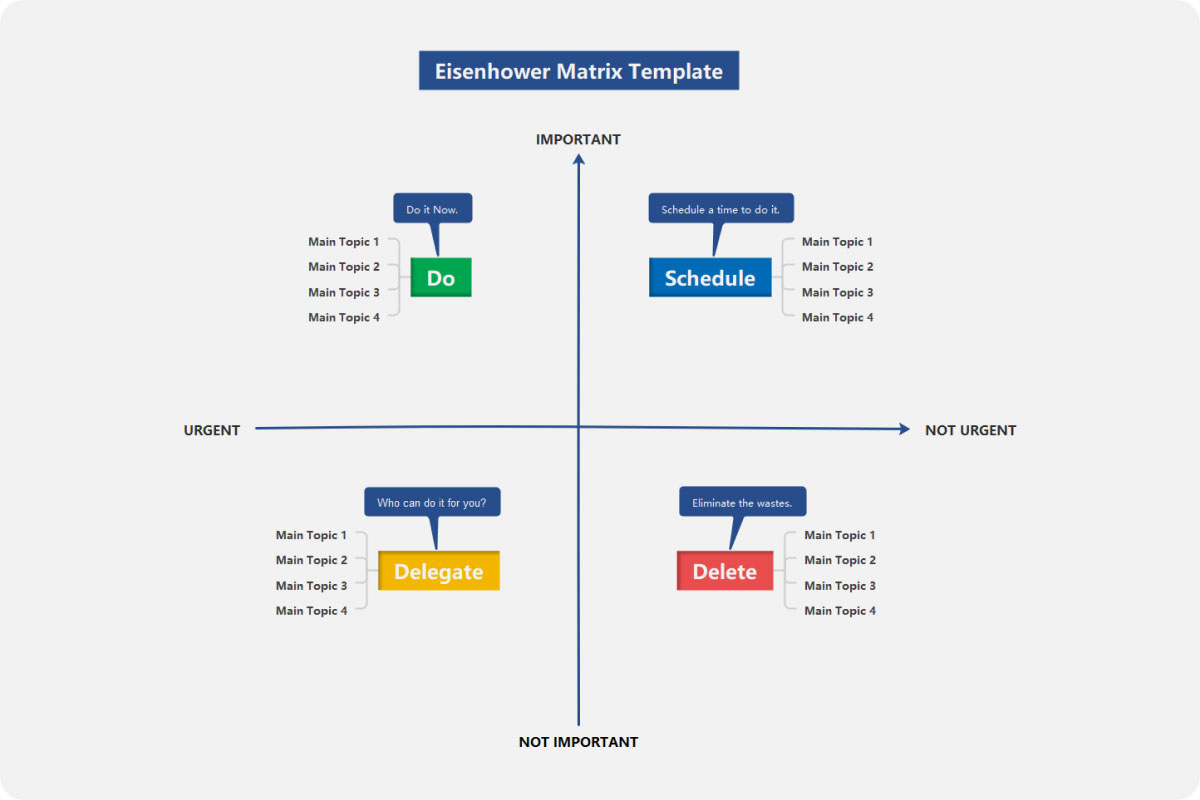What is Nadler Tushman congruence model?
The vital first step to designing and leading a successful change is to understand an organization fully. Leaders must have a comprehensive roadmap to understand and address performance issues in a complex enterprise. The Nadler Tushman Congruence model is a straightforward diagnostic tool for organizations to assess how well several organizational elements work together.
The result from the framework is the identification of any gaps concerning the performance of organization members. The essence of identifying the holes is to address them to improve profitability and productivity.
It is called the congruence model since the more harmonious the four elements are, the better the organization's performance is and the faster it attains its goals. Suppose an incongruence is detected among the four aspects, it can lead to poor results for the organization.
About the Nadler Tushman congruence model
Some call this framework the Nadler Tushman model, derived from organizational theorists David Nadler and Michael Tushman. The two developed this structure in the 1980s, which is considered a powerful tool to identify root causes of performance concerns. The developers based the framework on the principle that an organization or a team can have higher success when the work, the people involved, the structure of the organization, and its culture fit together and are all on the same page.
You may have excellent people working for you, but the culture within the organization is not poor; their excellence will surely not shine. In the same manner, you can have the most advanced technology and processes, but a bureaucratic culture will lead to poor decision-making among group members.
The model provides a systematic approach to avoid possible conflicts mentioned above.
Elements of the Nadler Tushman congruence model
To put into context, the model looks into four critical factors which allow turning inputs into outputs. If you intend to achieve favorable results as an organization leader, you must understand how these four elements work.
- Task. Also termed as work, it refers to various tasks performed by the employees. It pays to ensure that all functions are consistent and aligned with the objectives set as an organization. There must be transparency on the skills and knowledge needed for every task, and these must be present in the group at the correct quantity.
- People. These are the workforce in the organization and play a vital role in the congruence model. An organization leader must be aware of the type of people that form the group, their working routines and styles, skills and competencies, and personalities.
- Organization structure. This refers to the formal aspects of an organization, like procedures, policies, processes, and other business functionalities. It nurtures consistency between what the group wants and what it does.
- Culture. This involves the softer elements of an organization, including those characteristics linked to the organization's culture. It can also mean the vision, values, purpose, working styles, and behaviors. Culture is considered to be one of the hardest to define yet the most crucial to success.
You might be wondering why these four elements. They are how organizations convert their inputs, including resources, strategy, resources, history, and environment, into outputs like goods and services. Analyzing these four essential elements allows organization leaders to reflect on the impact of changes on the aspects of the organization.
Pros & Cons of congruence model
The Nadler and Tushman congruence model views organizations and firms as interacting elements that exist harmoniously. However, you might also want to consider some limitations that this model brings to assess if this is applicable in your organization's situation.
Pros
- The model provides a comprehensive framework to analyze complex organizational issues. It is a thinking tool of administrative problems, not a template to identify and classify observations. Also, it gives corporate leaders to explore the four elements and freely provide answers to them.
- As organizations use this model, it helps them think through the possible impacts of management changes on organizational performance and interactions. The tasks and organization structures considered technical components must fit with the social elements (people and culture).
Cons
- The congruence model can be expensive and takes a long process. This specifically applies to large organizations with various business units with thousands of employees. The model does not specify a concrete and direct way of incorporating a group dynamic into an organizational analysis.
- Since the congruence model does not have a structure template, giving organization leaders flexibility might also limit the ability to develop solutions to organizational issues immediately.
Nadler Tushman Congruence Model Examples
The congruence model allows organization leaders and other users to explore the framework, giving them the luxury of how they want to form the model. For your reference, you can check out some of the examples below:
Example 1
The first example below looks like a circular form of the model. You can see how interrelated the four vital elements in the framework are. This makes it easier for organizations to assess if all aspects fit each other significantly when modifying their organizational structure.
Also, remember that you need to provide additional details to every element on the diagram, so you might as well make the spaces in between larger. It will depend on how much information you are going to input into the diagram. Suppose you wanted to have specific answers to every element on the diagram; you can provide questions to guide you.
